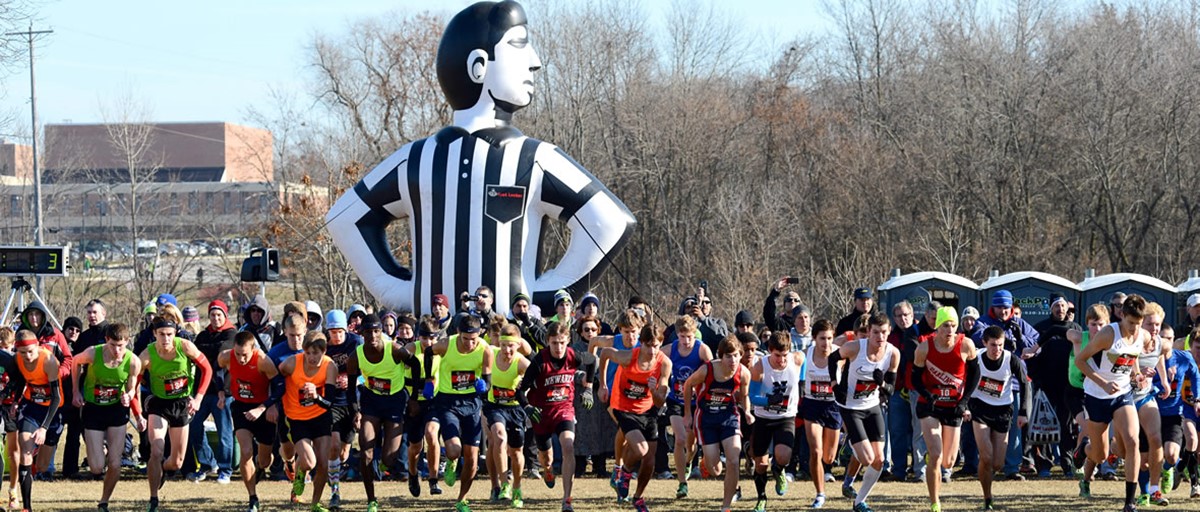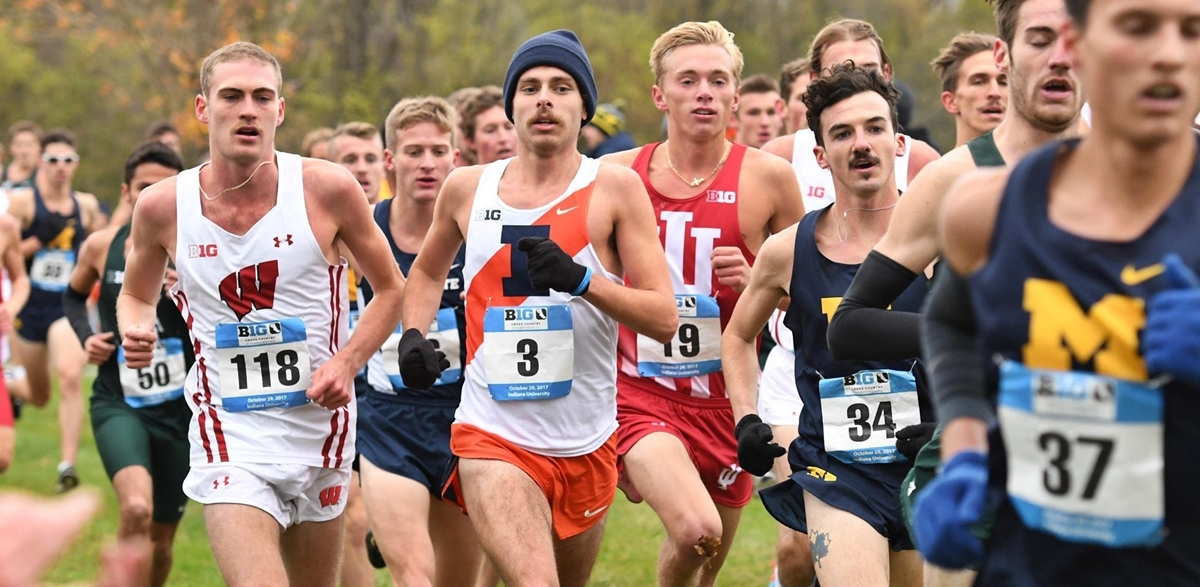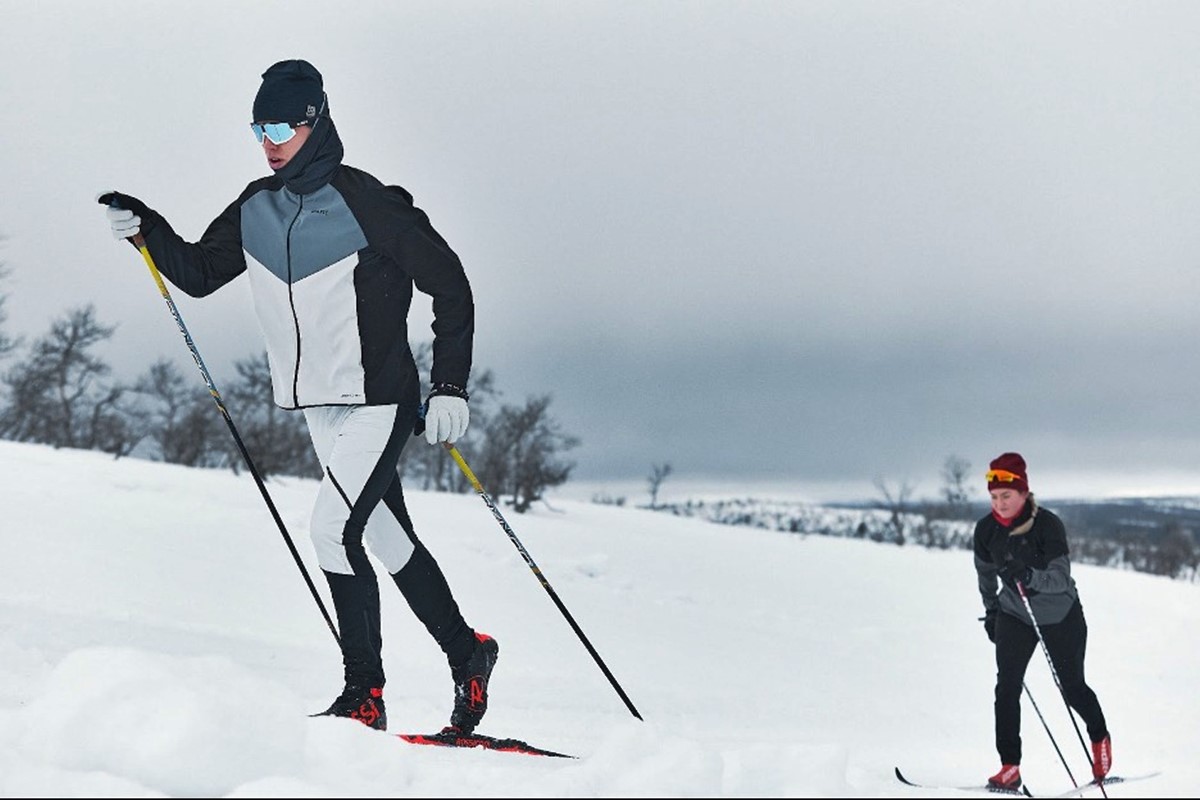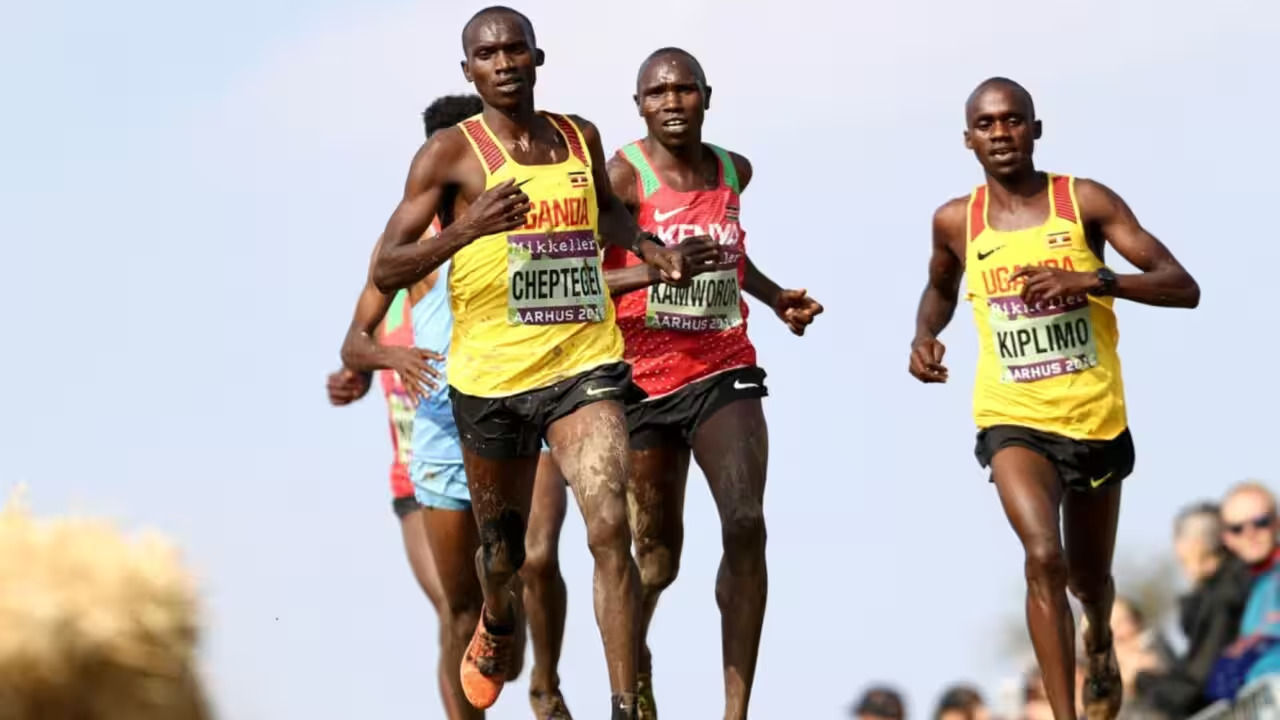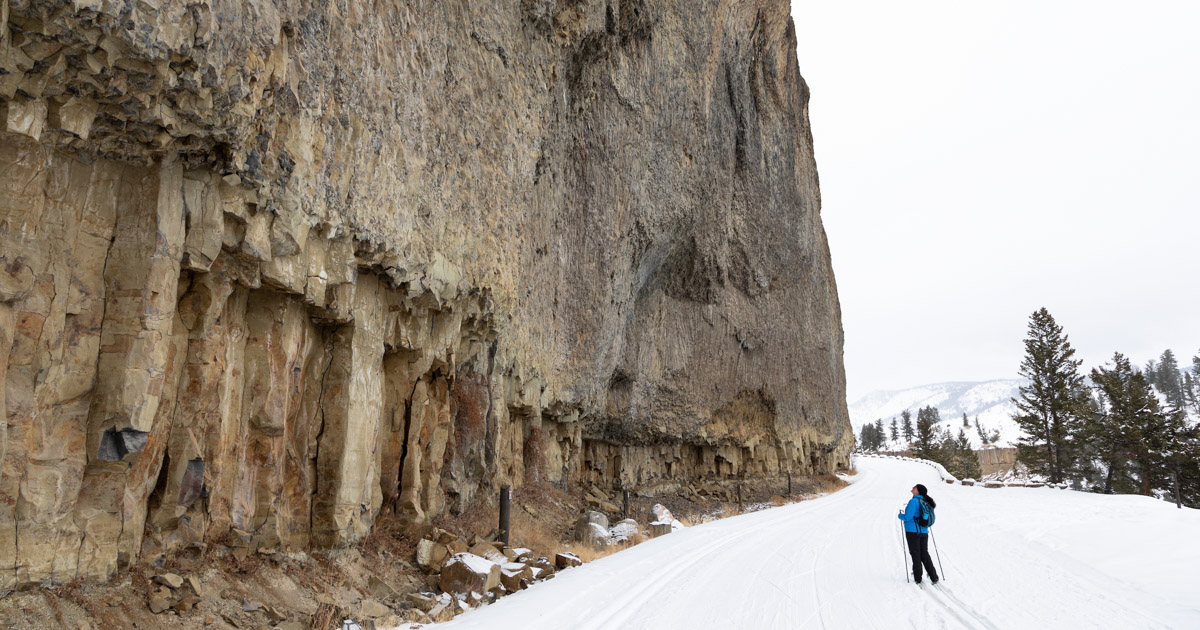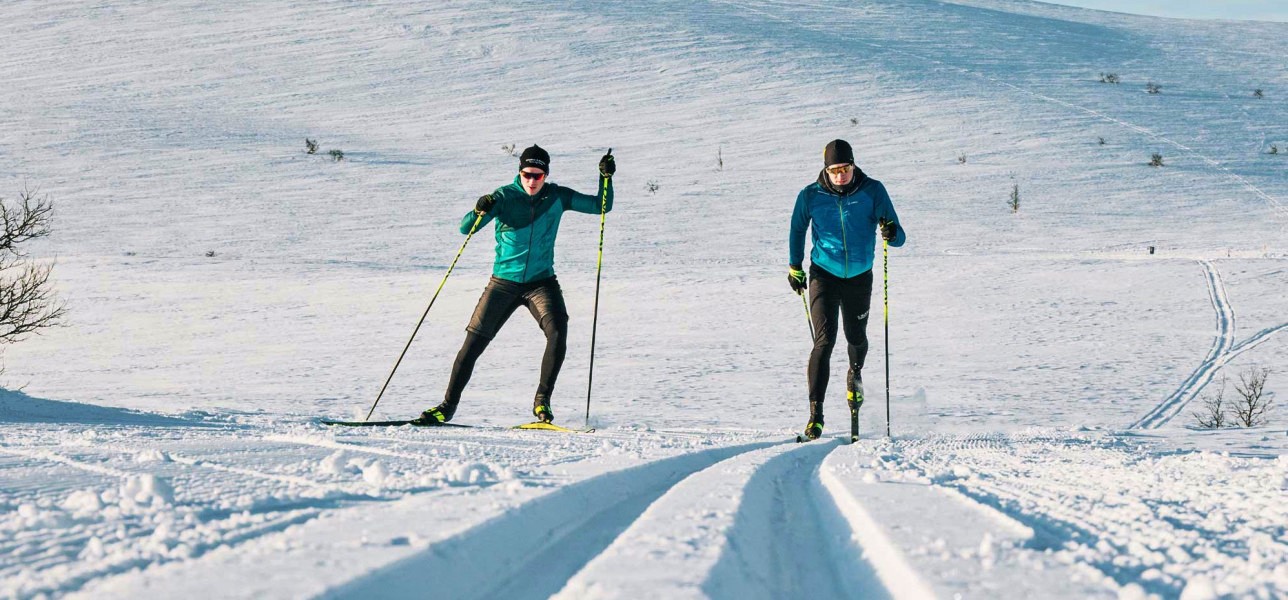

Featured
How Much Do Cross Country Skiis Cost
Modified: August 18, 2023
Discover featured cross country skiis and their prices. Find out how much it costs to enjoy this popular winter sport.
Introduction
When it comes to outdoor activities, cross country skiing is a fantastic way to enjoy the beauty of winter landscapes while getting a great workout. It is a popular sport that combines cardiovascular exercise with the serenity of being in nature. If you’re considering taking up cross country skiing, one of the first things you’ll need to invest in is a pair of cross country skis. But how much do they cost?
Well, the price of cross country skis can vary depending on a variety of factors, including the brand, materials used, and the level of performance they offer. In this article, we will explore the different price ranges of cross country skis and the factors that affect their cost. Whether you’re a beginner looking for an entry-level pair or an experienced skier in search of high-performance equipment, we’ll provide you with the information you need to make an informed decision.
It’s important to note that while cross country skiing can be a relatively affordable sport compared to other winter activities, investing in the right pair of skis can greatly enhance your experience on the trails. By understanding the different price points and features available, you’ll be able to find the perfect pair of cross country skis that suit both your skill level and budget.
So, if you’re ready to hit the trails and experience the thrill of gliding through the snow-covered landscape, let’s dive into the world of cross country ski pricing and explore the options that await you.
Factors Affecting Cross Country Ski Price
When it comes to determining the price of cross country skis, there are several factors that come into play. Understanding these factors will help you make an informed decision and find the right pair of skis that meet your needs and budget. Here are the key factors that can influence the price of cross country skis:
- Brand: Just like any other product, the brand name can have a significant impact on the price of cross country skis. Well-established brands with a reputation for quality and performance often command higher prices.
- Materials: The materials used in the construction of cross country skis can vary, and this will affect their price. Skis made from high-quality and lightweight materials such as carbon fiber are generally more expensive than those made from cheaper materials.
- Technology and Design: Advances in ski technology and innovative design features can drive up the cost of cross country skis. Skis with specialized features such as a low-profile camber or a waxless base may come with a higher price tag.
- Performance Level: Cross country skis are available in a range of performance levels, from entry-level to professional-grade. As the performance level increases, so does the price. High-end skis are designed for experienced skiers and offer advanced features such as better control and improved stability.
- Ski Length and Width: The size and dimensions of the skis can also affect the price. Longer and wider skis, which provide more stability and floatation, are generally more expensive than shorter and narrower skis.
- Bindings and Boots: Cross country skis are typically sold without bindings and boots, which need to be purchased separately. The cost of bindings and boots can vary depending on the brand, quality, and features.
It’s important to consider these factors when shopping for cross country skis. If you’re just starting out or on a tight budget, opting for a mid-range pair of skis with basic features might be suitable. However, if you’re a seasoned skier looking to enhance your performance, investing in high-end skis with advanced technology and design can greatly improve your skiing experience.
Now that we’ve explored the factors influencing the price of cross country skis, let’s move on to the different price ranges and the features they offer in the next sections.
Entry-Level Cross Country Skis
If you’re new to cross country skiing or looking for a more budget-friendly option, entry-level cross country skis are a great choice. These skis are designed for beginners and recreational skiers who are just getting started in the sport. Here are some key characteristics of entry-level cross country skis:
- Affordable: Entry-level skis are typically more affordable compared to their higher-performance counterparts. They offer a good balance between price and quality, making them a popular choice for beginners.
- Stability: Entry-level skis are designed with a focus on stability and ease of use. They often feature a wider shape and softer flex, providing better balance and control for novice skiers.
- Maneuverability: These skis are generally shorter, making them easier to maneuver, especially on groomed trails or tracks. This shorter length allows beginners to gain confidence and improve their technique more quickly.
- Basic Features: Entry-level skis typically come with basic features, such as a traditional camber profile and a waxable base. While these features might not provide the same performance as advanced options, they are sufficient for beginners.
- Durable Construction: Entry-level skis are often built to withstand the wear and tear of beginner skiers. They are made from durable materials that can handle various snow conditions and are less prone to damage.
It’s important to note that entry-level skis may not offer the same level of performance or advanced features as more expensive options. However, they provide an excellent platform for beginners to learn and develop their technique without breaking the bank. As you progress in your skiing abilities, you can always upgrade to a higher-performance pair in the future.
If you’re considering purchasing entry-level cross country skis, it’s recommended to consult with a knowledgeable salesperson or instructor who can provide guidance based on your skill level and aspirations. They can help you find the right pair that matches your needs and ensure you have an enjoyable experience on the trails.
In the next section, we will explore mid-range cross country skis that offer a balance between performance and affordability.
Mid-Range Cross Country Skis
If you’re an intermediate skier looking for a balance between performance and affordability, mid-range cross country skis are a great option. These skis cater to skiers who have some experience on the trails and are looking to improve their skills. Here are some key characteristics of mid-range cross country skis:
- Performance: Mid-range skis offer improved performance compared to entry-level models. They are designed to provide better control, stability, and responsiveness, allowing intermediate skiers to take their skills to the next level.
- Versatility: These skis are versatile and suitable for a variety of snow conditions and terrains. They are designed to perform well on both groomed tracks and off-trail adventures, allowing skiers to explore different trails with confidence.
- Enhanced Features: Mid-range skis often come with additional features and technologies that enhance performance. These may include a more refined camber profile for improved grip and glide, as well as enhanced base materials for enhanced durability and efficiency.
- Size Options: Mid-range skis are available in a range of sizes to accommodate different skier heights and weights. Finding the right size is crucial for optimal performance and comfort on the trails.
- Longer Lifespan: Mid-range skis are typically constructed with higher-quality materials, making them more durable compared to entry-level skis. They can withstand more demanding conditions and last longer, providing excellent value for the price.
Mid-range cross country skis strike a balance between affordability and performance, making them a popular choice for intermediate skiers who are looking to improve their skills and explore more challenging trails. They provide a platform for skiers to engage in various techniques and develop their abilities while still being relatively budget-friendly.
When choosing mid-range skis, it’s essential to consider your skill level and the type of terrain you plan to ski on. If you’re unsure about which skis to choose, consult with a knowledgeable salesperson or instructor who can provide guidance based on your specific needs and preferences.
In the next section, we will explore high-end cross country skis that offer top-of-the-line performance and features for advanced skiers.
High-End Cross Country Skis
For advanced skiers or enthusiasts who demand top-of-the-line performance and features, high-end cross country skis are the way to go. These skis are designed for experienced skiers who want the ultimate performance on the trails. Here are some key characteristics of high-end cross country skis:
- Superior Performance: High-end skis are engineered to provide exceptional performance in terms of speed, stability, and responsiveness. They offer advanced features and technologies that enable skiers to push their limits and achieve optimal results.
- Lightweight Construction: High-end skis are typically constructed using lightweight materials such as carbon fiber or advanced composite materials. This reduces weight and enhances maneuverability, allowing skiers to glide effortlessly and efficiently.
- Specialized Designs: High-end skis often have specialized designs tailored to specific disciplines, such as racing or backcountry skiing. These designs optimize performance for specific conditions and styles of skiing.
- Advanced Camber Profiles: High-end skis may feature advanced camber profiles, such as a low-profile camber or a combination of camber and rocker. These profiles enhance grip, stability, and glide, providing a competitive edge on the trails.
- Precision Bindings: High-end skis are often paired with precision bindings that offer maximum power transmission and control. These bindings ensure a secure connection between the skier’s boots and the skis, allowing for precise movements and efficient energy transfer.
- Customization Options: High-end skis may offer customization options, such as the ability to adjust flex or base structure. This enables skiers to fine-tune their skis to their specific preferences and skiing style.
High-end cross country skis are designed for skiers who prioritize performance and are willing to invest in top-quality equipment. They are ideal for competitive skiers, advanced skiers seeking to challenge themselves, or those who simply have a passion for the sport and want the best gear available.
It’s worth noting that high-end skis come with a higher price tag compared to entry-level or mid-range options. However, for serious skiers who demand top performance, the investment is often worth it as these skis can enhance their overall experience on the trails.
Before purchasing high-end skis, it’s recommended to consult with a knowledgeable salesperson or coach who can assess your skill level and goals, and recommend the best skis that suit your needs.
In the next section, we will explore additional costs to consider when buying cross country skis.
Additional Costs to Consider
When purchasing cross country skis, it’s important to consider that there may be additional costs beyond just the skis themselves. Being aware of these potential expenses will help you budget accordingly and ensure that you have all the necessary equipment for an enjoyable skiing experience. Here are some additional costs to consider:
- Bindings: Cross country skis are typically sold without bindings, which need to be purchased separately. The cost of bindings can vary depending on the brand, features, and compatibility with your boots. It’s essential to choose bindings that are suitable for your skill level and skiing style.
- Boots: Similarly, cross country ski boots are sold separately from the skis. The cost of boots can vary depending on factors such as the level of insulation, design, and brand. It’s crucial to choose boots that provide a comfortable fit and good ankle support.
- Poles: Cross country ski poles are another essential accessory that you may need to purchase. The cost of poles can vary depending on factors such as material, length, and features like adjustable straps or ergonomic grips. It’s important to choose poles that are the correct length for your height and skiing style.
- Wax and Waxing Tools: Traditional cross country skis often require waxing to optimize their performance on different snow conditions. Purchasing wax and waxing tools will incur additional costs. However, some skis come with a waxless base, eliminating the need for regular waxing.
- Clothing and Accessories: Depending on the weather conditions, you may need additional clothing and accessories such as base layers, insulated jackets, hats, gloves, and goggles. These items will provide you with comfort and protection from the elements while skiing.
- Trail Passes: Some cross country ski trails and resorts require a trail pass or a season pass for access. The cost of these passes will depend on the location and the length of time you plan to ski. It’s important to factor this into your overall budget.
By considering these additional costs, you can plan your budget effectively and ensure that you have all the necessary equipment and accessories for a successful cross country skiing experience.
Now that we have explored the additional costs associated with purchasing cross country skis, let’s move on to some valuable tips for buying cross country skis in the next section.
Tips for Buying Cross Country Skis
Buying cross country skis can be an exciting yet daunting task, especially with the wide range of options available. To help you make an informed decision and find the right pair of skis, here are some valuable tips:
- Consider Your Skill Level: Assess your skill level honestly and choose skis that are appropriate for your abilities. Beginners should opt for entry-level skis, while more experienced skiers can explore mid-range or high-end options.
- Get Properly Fitted: Ensure that the skis, bindings, and boots are properly fitted to your height, weight, and skiing style. Ill-fitting equipment can lead to discomfort, instability, and hinder your overall performance.
- Research and Compare: Do thorough research on different brands, models, and features available. Compare prices, read reviews, and seek recommendations from experienced skiers or professionals to make an informed decision.
- Try Before You Buy: If possible, try out different skis before making a purchase. Demo days or renting skis can give you a feel for how the skis perform on the trails and help you determine which ones suit you best.
- Consider Your Preferred Terrain: Consider the type of terrain you’ll be skiing on most frequently. Skis designed for groomed tracks may not perform as well in backcountry or off-trail conditions. Choose skis that match your preferred skiing environment.
- Seek Professional Advice: Consult with knowledgeable salespersons or experienced skiers to get expert advice and recommendations. They can guide you based on your goals, skill level, and preferences.
- Set a Budget: Determine a budget range and stick to it. While it’s easy to get enticed by high-end skis, it’s essential to find a balance between performance, quality, and affordability that aligns with your budget.
- Consider Used or Demo Skis: If budget constraints are a concern, consider purchasing used or demo skis. These can provide a cost-effective option while still delivering good performance.
- Read the Warranty and Return Policy: Familiarize yourself with the warranty and return policy of the skis you’re considering. This will help protect your investment in case of any defects or sizing issues.
By following these tips, you’ll be equipped with the knowledge and considerations necessary to make an informed decision when buying cross country skis. Remember that finding the right skis is a personal choice, and what works for one person may not work for another.
Now that you’re armed with valuable tips for buying cross country skis, you can confidently embark on your search for the perfect pair to suit your skiing needs.
Conclusion
Cross country skiing is a rewarding and exhilarating sport that allows you to explore winter landscapes while getting a great workout. When it comes to buying cross country skis, there are various factors to consider, such as your skill level, budget, and preferred terrain. By understanding these factors and following some valuable tips, you can find a pair of skis that meets your needs and enhances your skiing experience.
Entry-level cross country skis are perfect for beginners, offering affordability and stability. Mid-range skis strike a balance between performance and cost, making them an excellent choice for intermediate skiers. High-end skis are designed for advanced skiers who prioritize top-tier performance and are willing to invest in the best equipment available.
In addition to the skis themselves, keep in mind the additional costs such as bindings, boots, and clothing. Researching different brands, trying out skis before buying, and seeking professional advice can help you make an informed decision.
Ultimately, finding the right pair of cross country skis is a personal choice that depends on your skill level, goals, and budget. By considering all the factors and following expert advice, you can make a confident purchase and enjoy the thrill of gliding through snowy landscapes.
